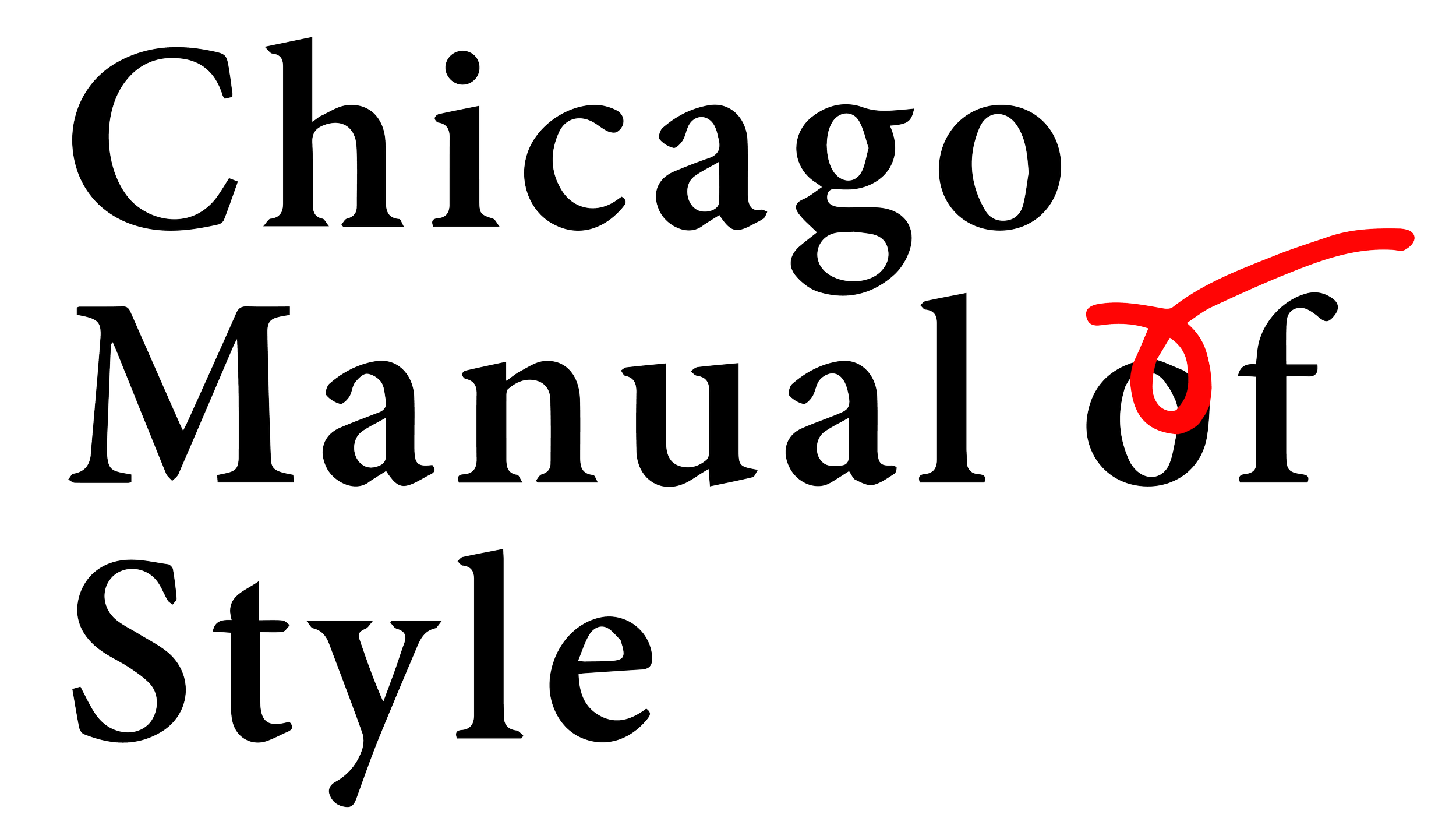A Tale of Today
Theodora Allen: Saturnine
March 25–August 7, 2022
Driehaus Museum | 40 E Erie St. Chicago, IL 60611
Curated by Stephanie Cristello
Theodora Allen: Saturnine. Installation view, Kunsthal Aarhus (Denmark), 2021. Photo: Mikkel Kadel.
The Driehaus Museum, Main Hall. Photo: John Faier.
CHICAGO, IL—The Driehaus Museum is pleased to present Theodora Allen: Saturnine as part of their 2022 exhibition program A Tale of Today, which presents work by leading contemporary artists to expand the immersive experiences in art, architecture, design, and the history of the Nickerson Mansion. Installed in the second-floor galleries of the Gilded Age home, the artist’s meticulous and luminous paintings resonate in the Museum’s uniquely immersive environment. Drawing upon the museum’s focus on ornamentation and exquisite craftsmanship alongside specific histories and motifs of the Nickerson Mansion and Driehaus Museum Collection, the exhibition complements the building’s storied past with new perspectives.
Allen’s paintings address the cyclical, enduring themes of our relationship to nature. Steeped in mythmaking and iconography, the artist’s imagery amplifies ideas that were dominant in fin-de-siècle Europe; the turning of the last century was a time when the cultural field of images was positioned between visual arts and literature, grappling with both image and text. Often emerging from geometric structures and reliquary-like spaces, Allen’s visual lexicon include celestial bodies, moths, serpents, wildfires, candlelight, hourglasses, and hallucinogenic plants. Of all these symbols, the figure of Saturn, once said to be responsible for the melancholic disposition, is an essential key into the artist’s practice. At times, Saturn appears as itself—such as in Cosmic Garden I (2017)—in others, the planet is suggested as a mood or idea. Across each work, Allen lifts the paint to reveal the veiled ground beneath the pigment, before introducing more sheer layers that gradually pollute the surface. Through a process of removal and regeneration, the artist produces images that are ethereal, ghostly, and dreamlike.
Theodora Allen, Syzygy (Narcissus), 2021.
Allen’s recent works join the selection previously on view at the Kunsthal Aarhus (Denmark) for the Driehaus Museum—a historic landmark where two families, first the Nickersons and then the Fishers, lived at the turn of the last century—and respond to the specificity of the site. Before entering Theodora Allen: Saturnine, visitors will have seen the Maher Gallery on the first floor, a space that once showcased the hunting and game trophies collected by the Fishers. Today, a centerpiece of the room is the figurative sculpture Shooting Stars by Florentine artist Vittorio Caradossi (Italian, 1861–1918). On the second floor, directly above the Maher Gallery, the installation responds to the formal and historical facets of the Driehaus Museum’s architecture and collection through the motifs of hunters and shooting stars, echoed in works such as Syzygy (Narcissus) (2021). ‘Syzygy,’ a term shared across fields of astronomy and psychology, speaks to the alignment of three celestial bodies in conjunction, or the harmony of contradicting forces. Ranging from a large-scale triptych to more intimate distillations, allusions to first genus of Narcissus flower (N. Poeticus) are inspired by the myth of the hunter who remained ensnared in his double. In Struck (2021), two inverted ideograms of a heart are bound together with the outline of a golden hued bow and arrow. Origin (2021) pictures a partial crest formed by two five-pointed stars. Asymmetrically mirrored across a diagonal line that dissects the frame of the composition, the shooting star motif of the triptych is redacted into an emblem of a wish.
In his Sonnets to Orpheus, the Romantic poet Rainer Maria Rilke writes, “Even the starry union is a fraud. Yet gladly let us trust the valid symbol / for a moment. It is all we need.”[1] In times of great uncertainty, certain symbols emerge as something to confide in. Alongside paintings spanning the past ten years, Allen’s use of emblems is aligned with the Symbolist desire to ‘bring the past up to meet us’—a way to carry certain values into a future. A Southern Californian analogy is the choice of selecting a few personal possessions from your house when evacuating from a wildfire. The Nickersons built their mansion on the ashes of the Great Chicago Fire (1871); it was the City’s first post-Fire fireproof residence and was envisioned as a sanctuary and oasis. Today, the perfectly preserved space is host to both contemporary art and Gilded Age aesthetics—and now, Theodora Allen: Saturnine joins this history.
The first institutional solo exhibition of Allen’s work in Europe took place at the Kunsthal Aarhus (Denmark) in 2021. Drawing parallels between literature, myth, and nature, an accompanying monograph authored by Stephanie Cristello and published by Motto Books (Berlin) will be available for the Chicago iteration in the Driehaus Museum Store.
[1] Rilke, Rainer Maria. The Sonnets to Orpheus. 161.



















